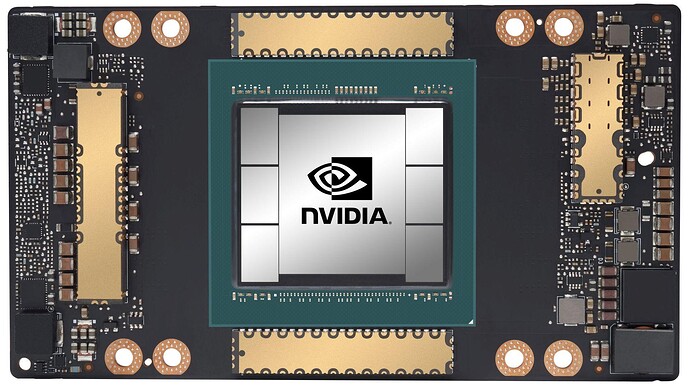In the realm of modern computing, few inventions have had as profound an impact as the Graphics Processing Unit (GPU). While many associate GPUs primarily with rendering lifelike graphics in video games, their influence extends far beyond gaming. At the forefront of this technological revolution stands Nvidia, a company whose pioneering efforts in GPU development have reshaped industries and propelled the evolution of computing.
The story of Nvidia’s groundbreaking invention begins in the late 1990s when a team of engineers led by Jensen Huang recognized the untapped potential of graphics processing hardware. Traditional Central Processing Units (CPUs) were ill-equipped to handle the increasingly complex graphical demands of emerging applications, from 3D gaming to scientific simulations. Thus, the concept of a specialized processor optimized for parallel computation, the GPU, was born.
In 1999, Nvidia introduced the GeForce 256, the world’s first GPU, heralding a new era in computing. Unlike CPUs, which excel at sequential tasks, GPUs boasted hundreds of cores capable of executing thousands of computations simultaneously. This parallel processing prowess unlocked unprecedented performance gains, enabling real-time rendering of intricate 3D environments and accelerating scientific calculations by orders of magnitude.
The impact of Nvidia’s GPU innovation reverberated across diverse fields:
-
Gaming: Nvidia’s GPUs revolutionized gaming by delivering immersive, photorealistic graphics previously thought unattainable. Titles like “Quake III Arena” and “Half-Life 2” showcased the transformative power of GPU-accelerated rendering, setting new benchmarks for visual fidelity and gameplay immersion.
-
Scientific Computing: Researchers harnessed the computational muscle of GPUs to tackle complex problems in fields such as physics, chemistry, and biology. GPU-accelerated simulations enabled breakthroughs in molecular dynamics, climate modeling, and drug discovery, propelling scientific progress and innovation.
-
Artificial Intelligence and Machine Learning: The rise of deep learning algorithms fueled demand for massive computational resources. Nvidia’s GPU architecture proved ideally suited for training neural networks, leading to unprecedented advancements in artificial intelligence, autonomous vehicles, natural language processing, and computer vision.
-
Data Visualization and Simulation: Industries ranging from architecture and engineering to finance and healthcare leveraged GPUs to visualize large datasets, simulate real-world scenarios, and optimize decision-making processes. GPU-accelerated rendering techniques empowered designers, analysts, and researchers to explore complex phenomena with unparalleled speed and fidelity.
-
High-Performance Computing (HPC): Supercomputers and data centers embraced GPU technology to achieve unparalleled levels of performance and efficiency. Nvidia’s Tesla GPUs became synonymous with computational prowess, powering some of the world’s most powerful HPC clusters and enabling breakthroughs in areas like astrophysics, genomics, and climate modeling.
As Nvidia continued to push the boundaries of GPU innovation with successive generations of products, the technology landscape underwent a paradigm shift. GPUs evolved from niche hardware accelerators to indispensable engines driving progress across industries. Today, Nvidia’s GPUs are omnipresent, fueling innovation in gaming, AI, scientific research, and beyond.
In essence, Nvidia’s invention of the GPU transcended the realm of graphics rendering, catalyzing a seismic shift in modern computing. By unlocking the latent power of parallel processing, Nvidia not only revolutionized how we interact with digital content but also empowered humanity to tackle some of the most complex challenges facing society. As we look to the future, the legacy of Nvidia’s GPU innovation serves as a testament to the transformative potential of visionary thinking and technological ingenuity.Preformatted text
